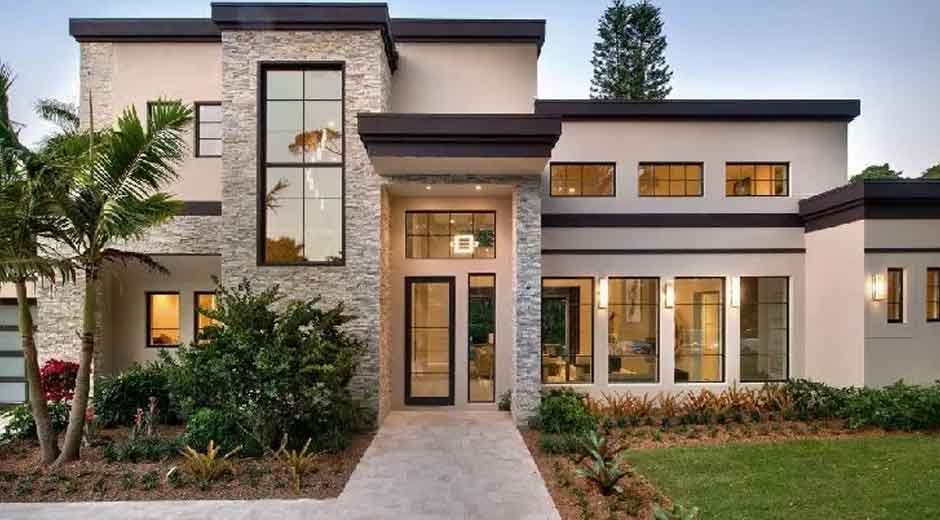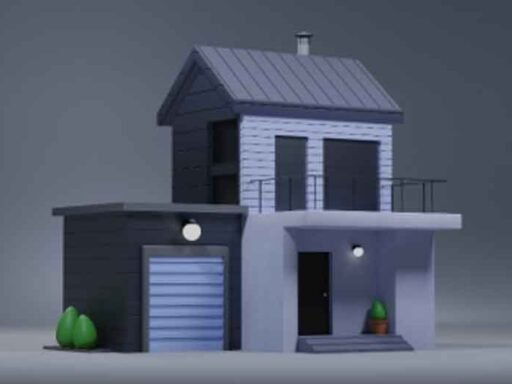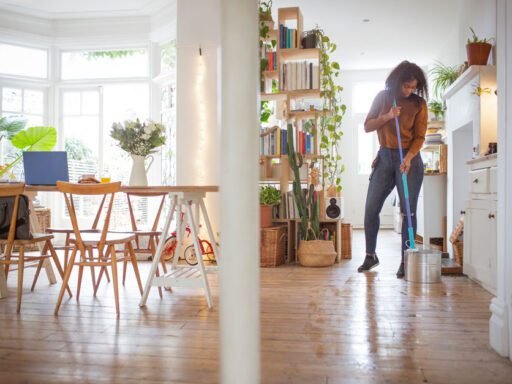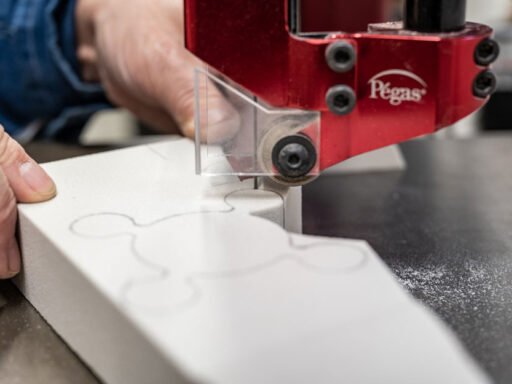The evolution of house designs has been influenced by technological advancements, cultural shifts, and a global impetus towards sustainability. In a world where comfort merges with style, modern living has come to require homes that not only meet functional needs but also reflect personal aesthetics and adhere to ecological principles. This article explores several innovative designs that encapsulate the essence of contemporary living spaces.
Maximising Natural Light
One of the hallmarks of modern house designs is the maximisation of natural light—a design ethos that not only reduces reliance on artificial lighting but also creates the illusion of space regardless of the actual size of the house. Architects are increasingly employing large windows, skylights, and strategically placed mirrors to enhance the luminosity and energy efficiency of homes.
Open Plan Living
The traditional segmentation of rooms is giving way to open plan living spaces. This design concept facilitates a seamless flow between the kitchen, dining area, and living room, fostering an environment of inclusivity and social interaction. Open plans also allow for more flexible use of space and can be particularly beneficial in urban homes where space is at a premium.
Indoor-Outdoor Flow
Blurring the lines between the indoors and the outdoor environment is another trend in contemporary house designs. Through the use of bi-fold doors, retractable walls, and transitional spaces like atriums and patios, residents can enjoy a sense of continuity with nature. This design not only extends the living space but also promotes a healthy, nature-centred lifestyle.
Sustainable Materials and Technologies
In an era where environmental stewardship is paramount, modern home designs are incorporating sustainable materials and green technologies. From bamboo flooring and recycled concrete to solar panels and rainwater harvesting systems, sustainable practices are becoming integral in the construction of new homes.
Minimalist Aesthetic
Modern living calls for decluttering, both in terms of physical space and visual noise. The minimalist aesthetic, with its clean lines, neutral colour palettes, and unobtrusive furniture, has become emblematic of the contemporary home. This design philosophy not only simplifies maintenance but also creates a setting conducive to mental clarity and calm.
Smart Homes
Technology has undoubtedly revolutionised the way we live, and ‘smart homes’ are a testament to this change. Incorporating automation systems for lighting, heating, security, and entertainment, smart homes provide convenience and enhanced quality of life. These systems can often be remotely controlled, offering homeowners peace of mind even when they are away.
Modularity and Flexibility
The future of house designs also rests in modularity and flexibility. Convertible spaces that can adapt to various uses—such as home offices that transform into guest rooms—are gaining popularity. This design consideration is especially relevant as more people work from home and require versatile living environments.
Economic Use of Space
Efficient use of space is a key component of modern house designs. Designers are coming up with innovative storage solutions and built-in furniture that maximise utility without compromising the aesthetics of the space. This approach to design is particularly essential for urban dwellings, where every square metre counts.
Emphasis on Personalisation
While contemporary homes may share certain design traits, personalisation remains a crucial aspect. Homeowners are encouraged to inject their personality into the space through the selection of bespoke fixtures, unique colour schemes, and art pieces that speak to their individual style.
Health-Centric Design
Health and well-being are being increasingly recognised in architectural designs. This includes the use of non-toxic materials, enhanced air purification systems, and designs that promote physical activity. The focus on health extends to the acoustics of the space, ensuring a tranquil environment that shields residents from the chaos of modern life.
Integration with the Surroundings
An innovative house design must take into account its geographical and cultural context. This means designing homes that not only cater to the climate of the region but also honour local architectural traditions and landscapes. This integrated approach fosters a sense of belonging and continuity.
Adaptability to Change
Houses need to be adaptable to accommodate life’s various stages and changes. Designs that allow for expansion, downsizing, or repurposing help ensure that a home can evolve with its inhabitants’ needs without the need for costly and disruptive renovations.
Conclusion
Modern living dictates that our homes be more than just shelters; they must be sanctuaries that support our lifestyles while reflecting our values. Innovative house designs are achieving this balance by employing principles of light maximisation, open floor plans, sustainability, and smart technology. As we look towards the future, the continued melding of function, style, and health consciousness in our living spaces will not only enhance our quality of life but also ensure that we live in harmony with our environment.
By embracing these modern design strategies, architects and homebuilders can create living spaces that are not only aesthetically pleasing but also responsive to the changing dynamics of the modern world. The challenge lies in finding the unique interplay between innovation and practicality that epitomises the spirit of modern living.






